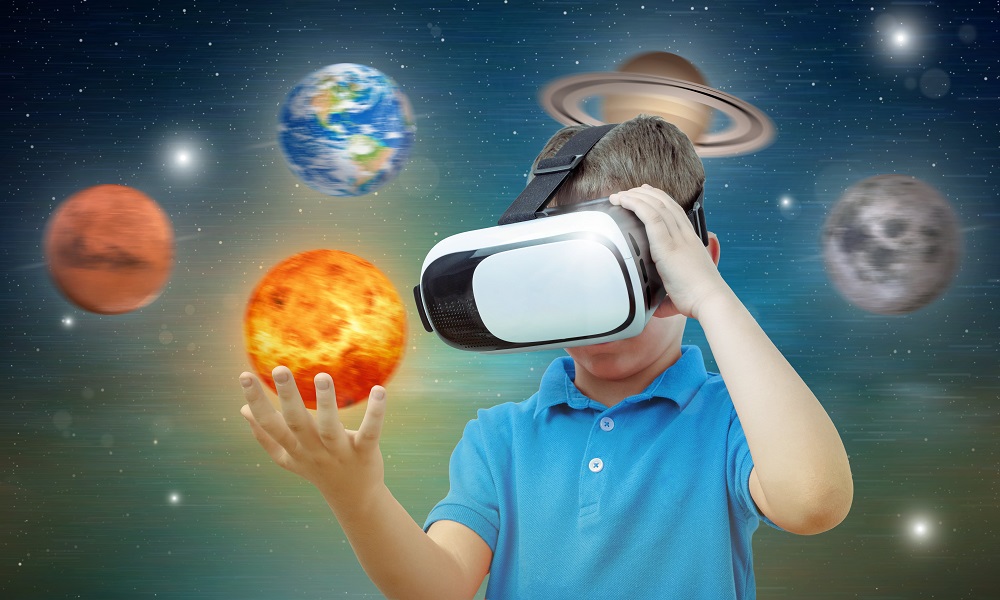The use of technology in education has been growing rapidly over the past few years, with teachers and students alike embracing new tools and techniques to enhance the learning experience. One of the most exciting developments in this area is the use of Virtual Reality (VR) technology.
VR technology enables users to experience a fully immersive environment, which can be used to create engaging and interactive learning experiences. With VR, students can explore complex concepts and ideas in a way that was previously impossible. They can interact with virtual objects and environments, visualize abstract concepts, and even travel to historical or geographical locations.
The use of VR in education has many benefits. One of the most significant advantages is the level of engagement that it provides. VR creates a sense of presence and immersion that can capture the attention of even the most disengaged students. This engagement can lead to better learning outcomes, as students are more likely to retain information when they are actively engaged in the learning process.
Another advantage of VR in education is the level of interactivity that it provides. In traditional classrooms, students are often passive participants in the learning process. With VR, students can become active participants, interacting with virtual objects and environments and exploring concepts in a more hands-on way. This level of interactivity can make learning more enjoyable and can help students understand complex concepts more easily.
VR can also be used to create personalized learning experiences. With VR, students can learn at their own pace and in their own way. For example, students who struggle with traditional learning methods may find that VR provides a more engaging and effective way of learning. Similarly, students with different learning styles can benefit from the immersive and interactive nature of VR.
The use of VR in education is not limited to traditional classrooms. VR can be used to create virtual field trips, allowing students to explore historical or geographical locations that would be impossible to visit in person. VR can also be used to create simulations, allowing students to experience real-world scenarios in a safe and controlled environment. For example, medical students can use VR to practice surgical procedures before performing them on real patients.
Despite the many benefits of VR in education, there are still challenges that need to be addressed. One of the biggest challenges is the cost of entry. High-quality VR headsets and other equipment can be expensive, and many schools may not have the budget to invest in this technology. However, as the technology becomes more affordable, we can expect to see more widespread adoption of VR in education.
There are also technical challenges that need to be addressed. VR can be quite demanding on hardware, and many computers may not have the necessary specifications to run VR applications. There is also the issue of content creation, as developing high-quality VR content can be time-consuming and expensive. However, as the technology continues to improve, we can expect to see these issues become less of a barrier to adoption.
In conclusion, Virtual Reality is transforming the way we learn by providing immersive and interactive experiences that help students understand complex concepts and retain information better. The use of VR in education has many benefits, including increased engagement, interactivity, and personalization. While there are still challenges that need to be addressed, the future of VR in education looks bright, and we can expect to see even more exciting developments in the years to come.




